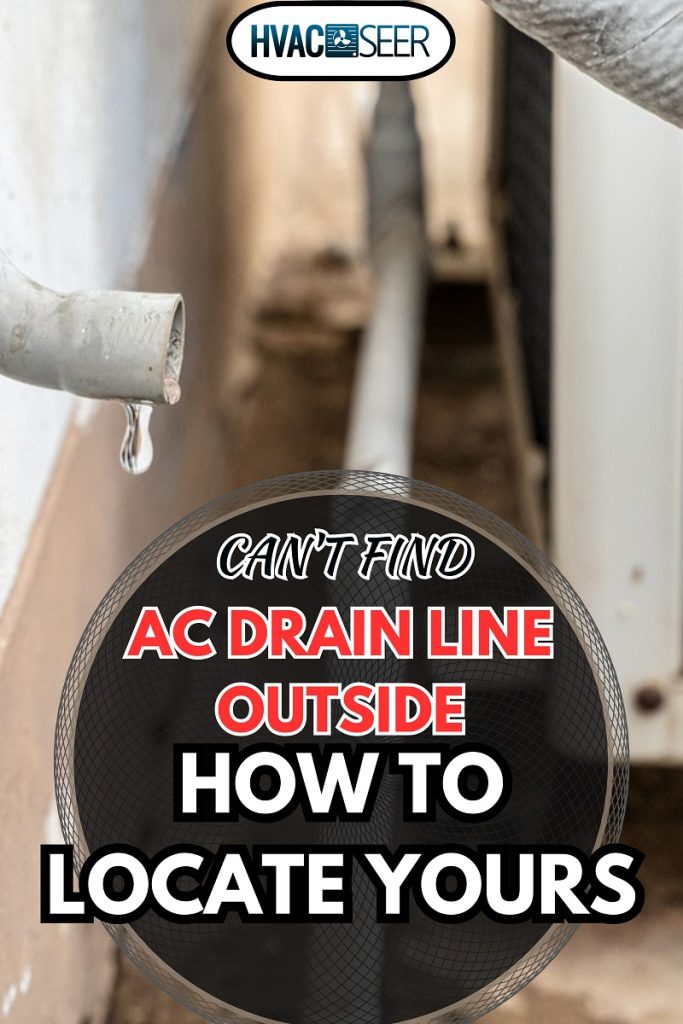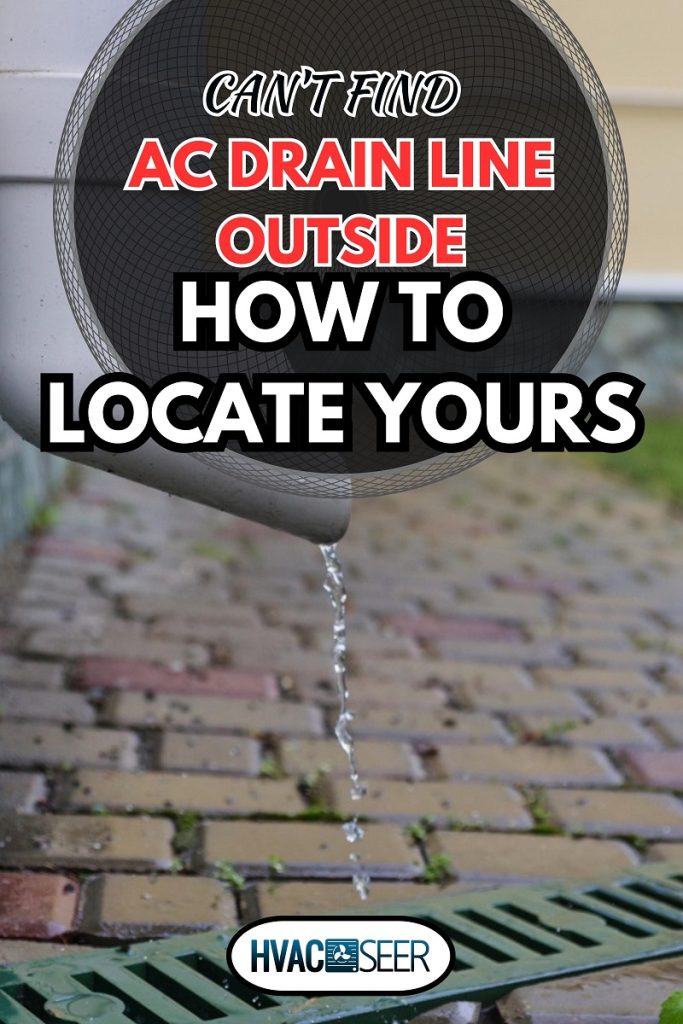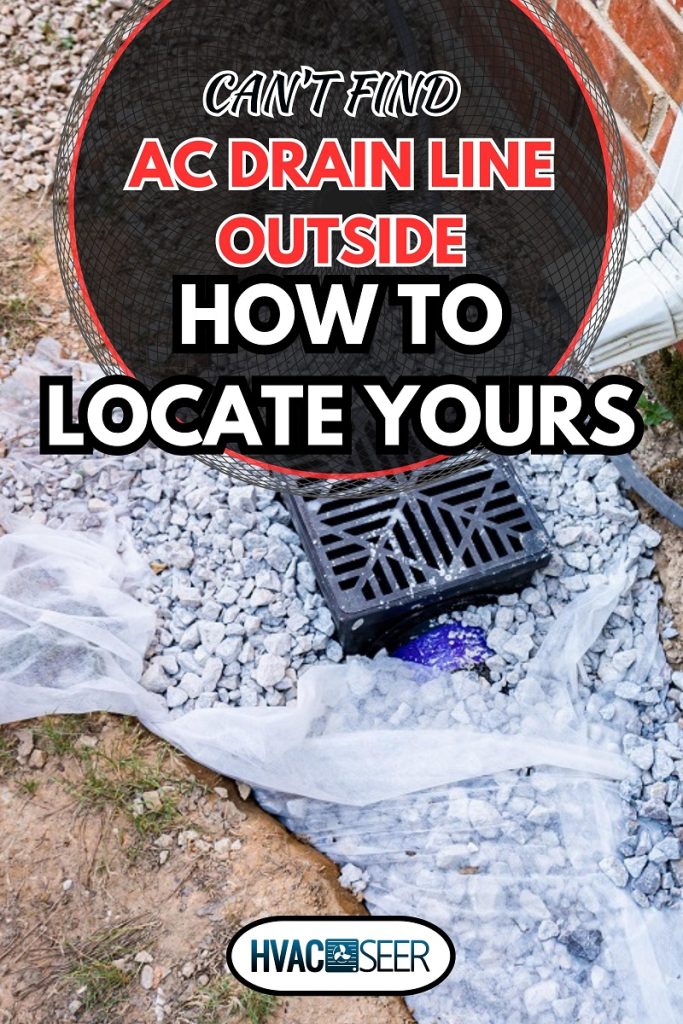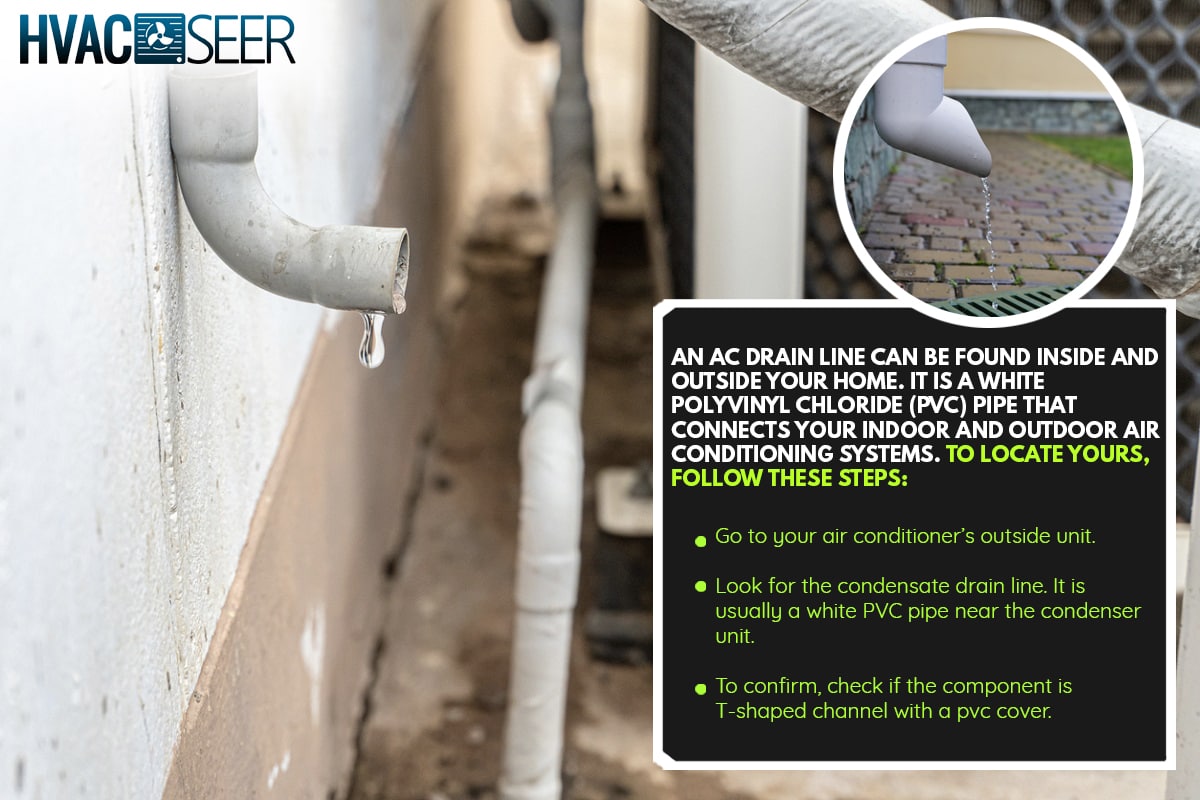An air conditioner generally keeps your home cool during the summer months. Since the appliance is constantly operating, some parts or components may need regular maintenance - this includes your AC’s drain line. We have researched information regarding the location of the drain line, and the ways how to properly clean it.
An AC drain line can be found inside and outside your home. It is a white Polyvinyl Chloride (PVC) pipe that connects your indoor and outdoor air conditioning systems. To locate yours, follow these steps:
- Go to your air conditioner’s outside unit.
- Look for the condensate drain line. It is usually a white PVC pipe near the condenser unit.
- To confirm, check if the component is a T-shaped channel with a PVC cover.
Always check for your AC drain line because it can risk the health of your family or harm your house. If you wish to find out more information about AC drain lines, continue reading!
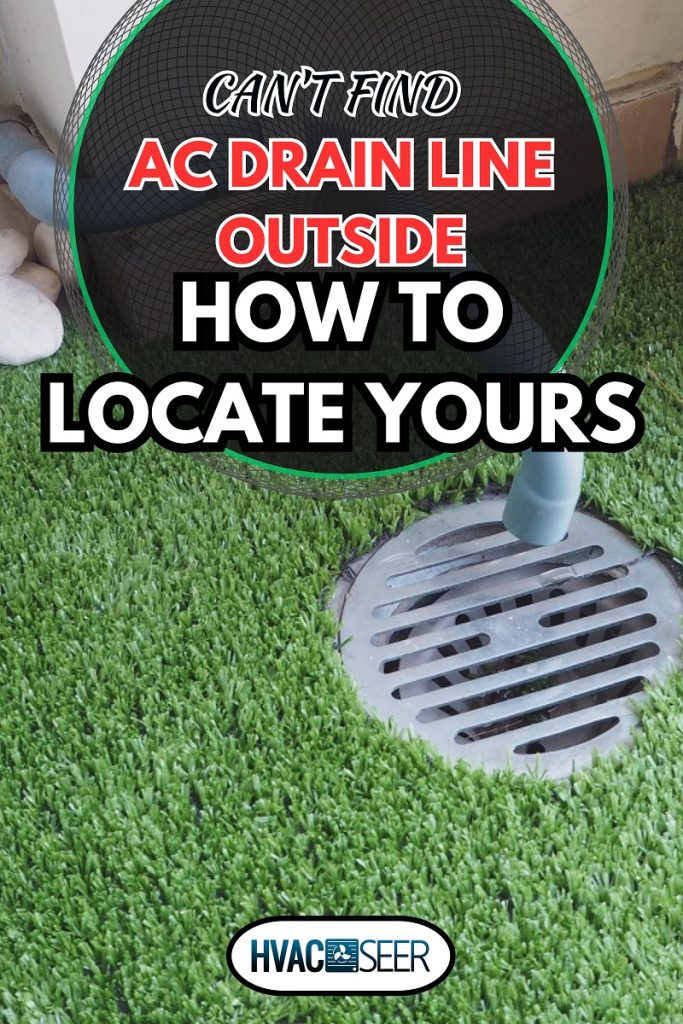
AC Drain Line: An Overview
The AC drain line is located near the evaporator coil that ranges from the inside of your home to the outside. Also, the AC drain line and drain pan work together. The drain plays an important part because it helps to remove the condensation that the air conditioner’s evaporator coils produce.
AC Drain Line Functions
The drain line is responsible for transferring moisture from the air within your home to a handler outside. This maintains the air in your home at the preferred dry, comfortable temperature.
Remove Condensation
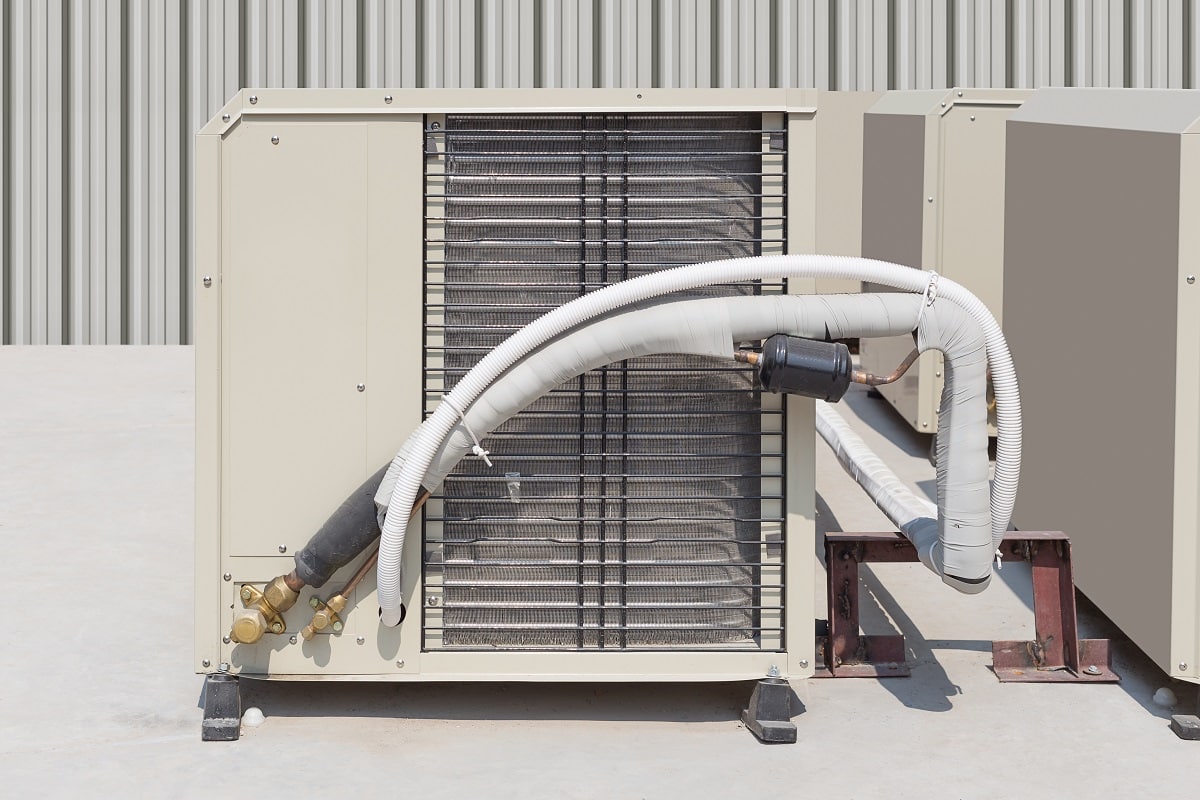
An AC drain line's main function is to remove condensation from the evaporator coil of your air conditioning system. In AC systems, the drain line is designed to flush this condensation, not to collect it.
Regulate Humidity Levels
After the drain line in the AC system flushes the condensation. By draining condensation to the outside of your house, the AC drain line will assist in regulating the humidity level inside your house.
Promote AC Efficiency
The AC drain line improves the efficiency of the AC system of your home. If the air inside your home is warm then the AC system takes longer to produce a comfortable environment.
Air Conditioner Condensate Drain Pipe
There are two ways that condensate drain pipes for air conditioners can be installed: either exposed or concealed. The majority of the drain pipes are not hidden. They are exposedly run along the wall or hung from the ceiling.
Unexposed drain pipes are installed inside the wall and concrete floor. These drain pipes provide a superior interior and are typically used in high-end buildings like condos, hotels, and mansions. However, because they are less expensive and simpler to install, exposed drain pipes are more common in rural areas.
It is best to consider the gradient, insulation, supports and accessories, condensate U-Trap, and flow and leak test before determining whether to install an exposed or unexposed AC drain pipe.
Installing AC Condensate Drain Pipe
When installing an AC condensate drain pipe you must consider the following:
- Gradient: must be at least 1%; however, the industry uses a 2% standard gradient for gravity-flow pipes smaller than 3 inches.
- Insulation: Most of the time, 3/8-inch thick closed-cell insulations are adequate, but if the drain pipe is exposed to temperatures exceeding 30°C, you may want to choose 1/2-inch thickness.
- Pipeline support system: Galvanized steel hangers should hold the drain pipe at intervals of about 3 to 4 feet; piping is best supported near the elbows.
- Adaptors for hidden pipelines: You can install an adaptor to prevent leaking from pipe condensation runoff, especially if running the pipeline route to a hidden drain.
- Ducted AC u-trap: When installing ceiling cassette air conditioners, always install a condensate u-trap for ducted AC models and raise the drain pipe in line with the manufacturer's recommendations.
- Pipe classification: As long as the drain pipes are the proper size and don't have too many bends, they can all be connected together. Class D PVC pipes should be used for exposed drain pipes, while class E PVC pipes should be thicker for concealed drain pipes.
- Sufficient flow: Make sure the water flows correctly after installation by running a quick flow test. Additionally, you can do a leak test on a buried drain pipe by closing the outlet and filling it with water for 24 hours to check for leaks.
What are the common AC drain line issues?
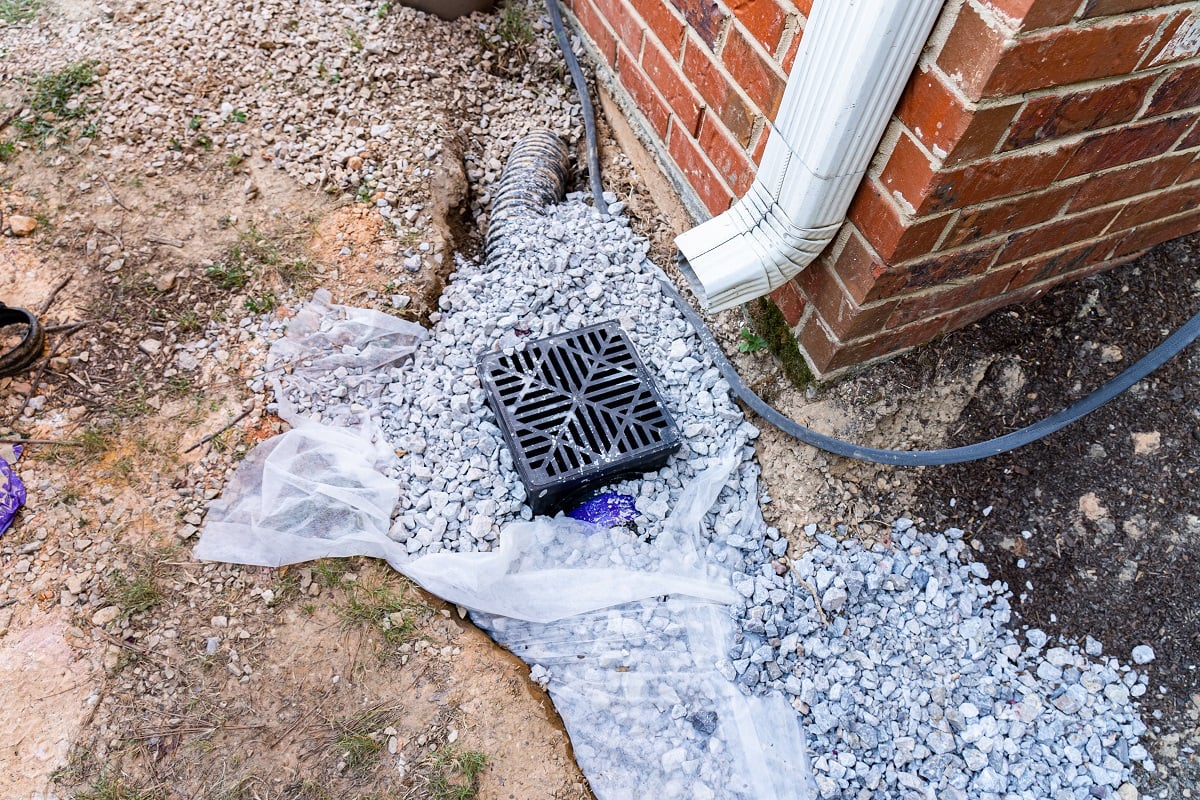
Condensate drain issues may arise as the procedure progresses and may risk the health of your family or harm your house.
Dirty Drain Trap
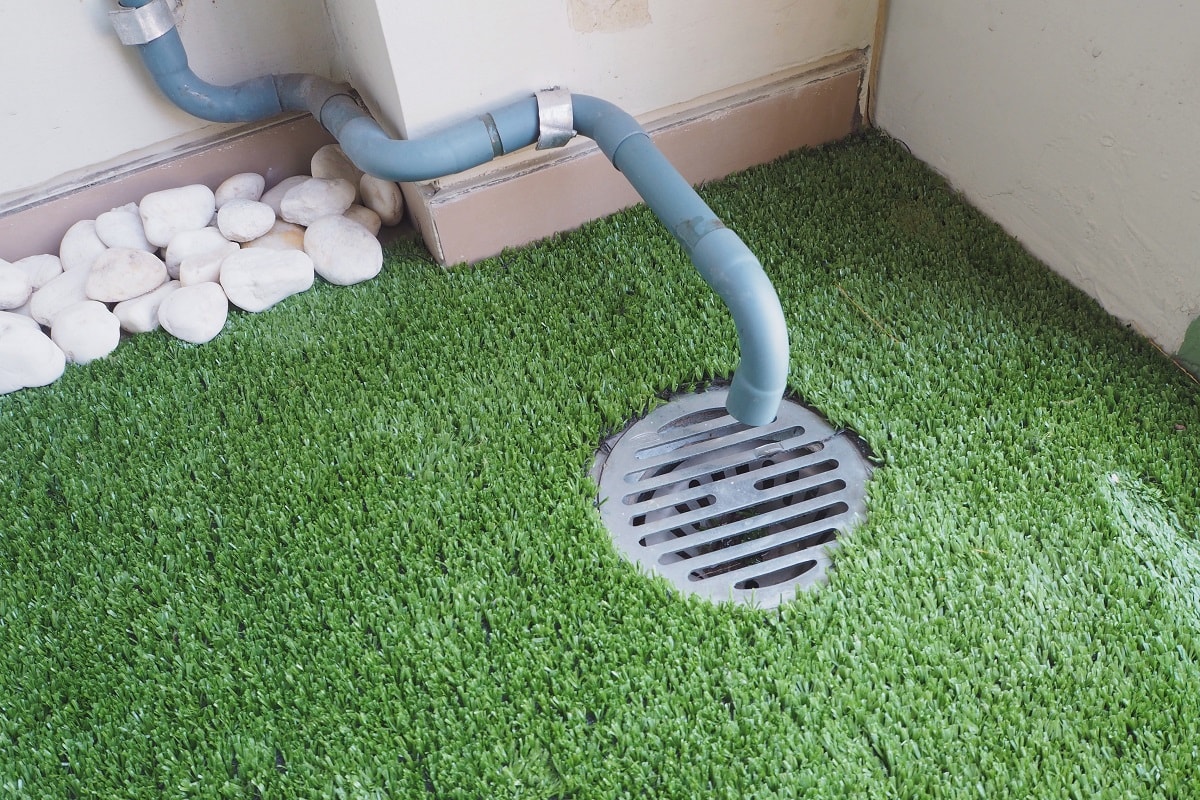
A dirty drain trap could cause mold growth and leakage because of this the condensate drain will not function well. Make sure the trap is frequently inspected, cleaned, and maintained to avoid mold and flooding that can damage the quality of your indoor air and damage the flooring and walls.
Clogged Drain Line
Algae will thrive in this environment, especially during the warm, humid weather, and grow in pieces that can easily clog the drain. A clogged drain can potentially cause no leaks in the system or flooding of the line.
Take immediate action if you notice any water stains or damage to the ceilings, rugs, or furniture close to the AC, and always check your AC drain pipe even if there is no leakage yet.
How To Clean AC Drain Line
Having the proper equipment close at hand can make a huge difference while cleaning your clogged air conditioner drain line or even just maintaining the line. Prepare the following items you'll need:
- Funnel
- Wet/Dry Vacuum
- Distilled vinegar
- Rags
How To Clean Your Air Conditioner Drain Line
The first thing you must do is turn off the HVAC system for safety purposes. If the air conditioner is indoor look for the condensate pan which can be found under the unit.
Secondly, Use a vacuum to remove the moisture if you saw that there is water in the drain pan. The condensate line may be clogged. Clean the drain pan using dishwashing soap and soak it up in the water.
The next thing you would do is remove the polyvinyl (PVC) cover, inspect the drain, and rinse the drain with distilled vinegar. Let the distilled vinegar solution sit for about 30 minutes.
Lastly, rinse the tube with water. The condensate line should now flow freely through the tube as it is not clogged.
How Frequently Should You Check the Condensate Line?
Throughout the cooling season, check the gathered moisture once a month to make sure it is draining properly, if not it is time to clean the pipe.
It is preventable, but a clogged condensate drain is relatively costly and it can greatly damage your property. It is best to hire a professional if the damage is severe.
How Many Drain Lines Does AC Have?
There are two condensate drain exits on the main air unit: a primary drain for transferring water outdoors and a secondary drain as a backup in case the primary drain gets clogged or obstructed.
But some technicians only install the primary drain before capping the fitting where the secondary drain pipe ought to be connected.
How Far Should The AC Drain Line Be From The House?
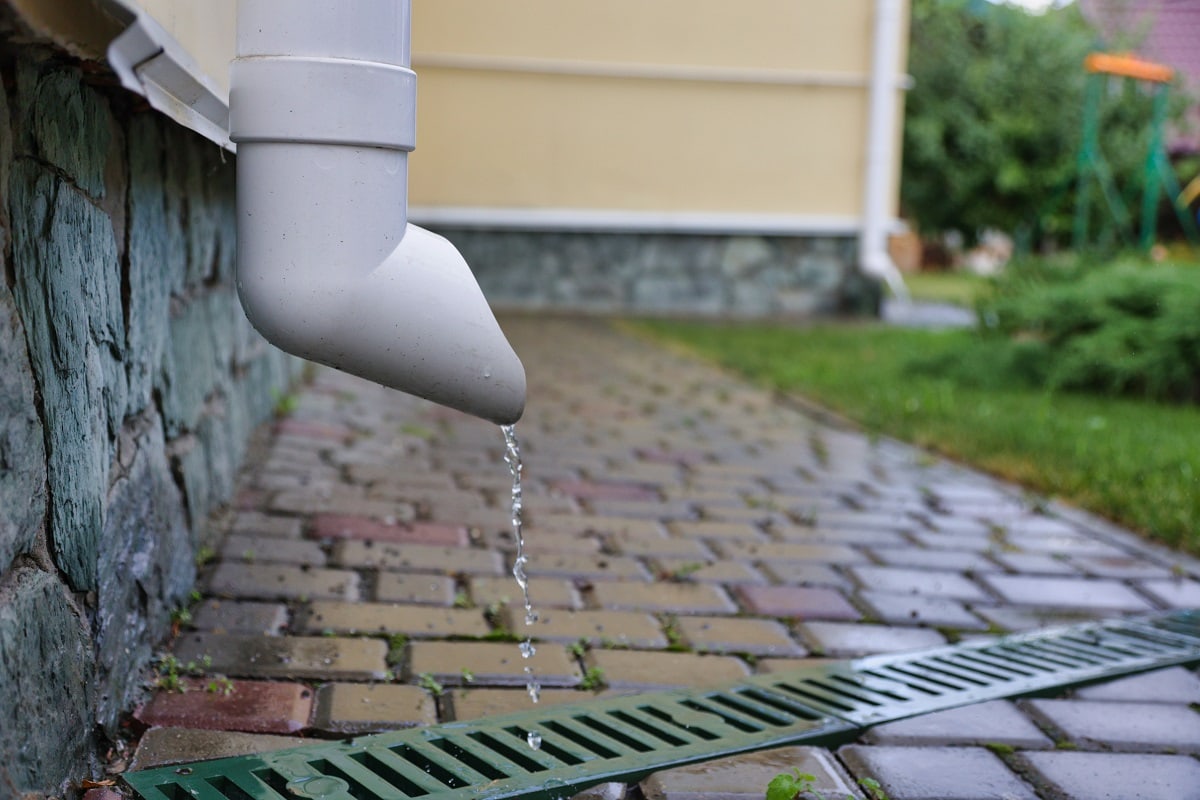
Condensate drain lines are often placed beside the house, generally six inches above the ground. And in a planted area large enough to handle drainage and allow water to sink into the ground.
Conclusion
An air conditioner’s drain line may seem insignificant but it considerably affects your AC’s overall operating capacity. We hope this article has helped guide you through the process of locating, cleaning, and maintaining your AC drain line.
You might also find these topics informative:
Can You Snake An AC Drain Line? [And How To]
Where To Run The AC Condensate Drain Line

